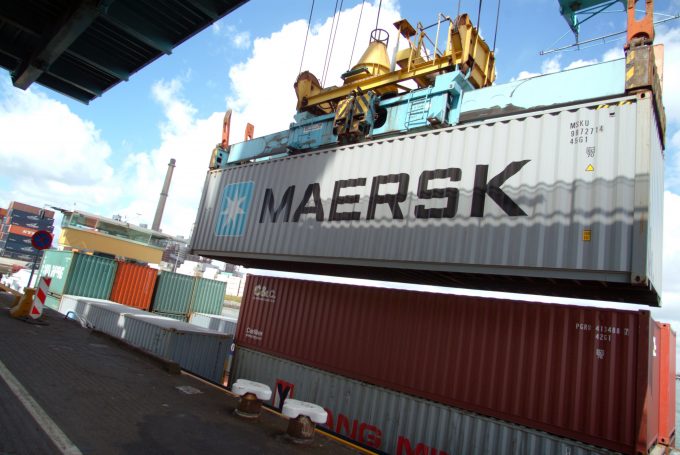APMM takes legal action in dispute over concession for new Santos terminal
AP Møller-Maersk has filed a court action against Brazil’s national port authority, Antaq, in protest ...

Partners in container supply chains need to develop contingency plans, in the near-certainty that the industry will be hit by another cyber-attack.
At last week’s TPM event in Long Beach, SeaIntelligence Consulting chief executive Lars Jensen warned: “There will be another successful cyber-attack in the next ...
MSC switches two more Asia-Europe port calls from congested Antwerp
Front-loading frenzy has made traditional H2 peak season 'unlikely'
Tradelanes: Export boom in Indian sub-continent triggers rise in airfreight rates
Carriers introduce surcharges as congestion builds at African ports
Mexican airport modernisation plan unlikely to boost cargo facilities
Ports and supply chain operators weigh in on funding for CPB
Box ship overcapacity threat from carrier appetite for new tonnage
Tradelanes: Overcapacity on Asia-S America impacting alliances and rates

Comment on this article